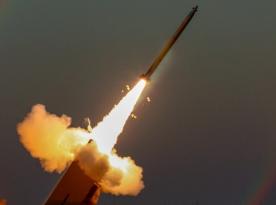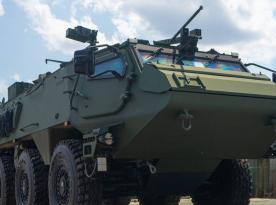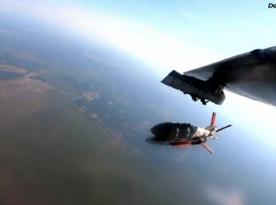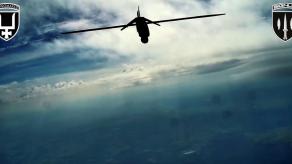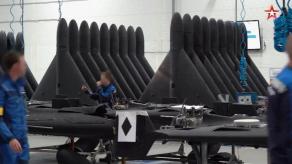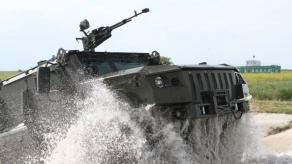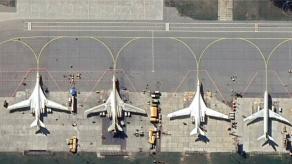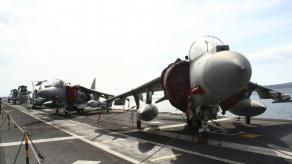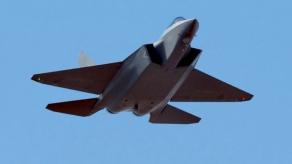Friday July 19, 1957, at 6:59 AM, under the blistering Nevada sun and just 120 kilometers from Las Vegas, five senior U.S. Air Force officers stood near a sign reading "Ground Zero Population: 5." Cameras were rolling. Above them, an F-89 Scorpion interceptor launched an MB-1 Genie rocket — an unguided nuclear air-to-air weapon. Within two seconds, it accelerated to Mach 3.3.
Moments later, precisely at 14:00, its W25 warhead detonated 6 kilometers above the ground in what became the only live test of such a weapon, conducted as part of Operation Plumbbob, codenamed "John."
Read more: When the U.S. Had 800-Kilometer Nuclear Anti-Air Missiles Against Tu-95 Bombers — and Why They’re Gone Now
Witnesses described the explosion as intense but unexpected in form. This was far from the first nuclear explosion that the officers had seen, because they were surprised to note that the usual "mushroom cloud" did not form. Instead, a glowing red fireball hung in the sky, surrounded by a black halo.
"We felt the heat pulse. A very bright light. The sky around it seemed black. The fireball boiled above us... then the shockwave hit... the mountains shook," one officer was heard saying.
Civilian cameraman George (real name Akira) Yoshitake, a former military cinematographer, described seeing a massive doughnut-shaped cloud. He had not been told about the nature of the test until he arrived and was given no protective gear. "I asked what I needed. They said: 'Nothing.' I had a baseball cap and figured I’d wear it just in case," he later recalled.
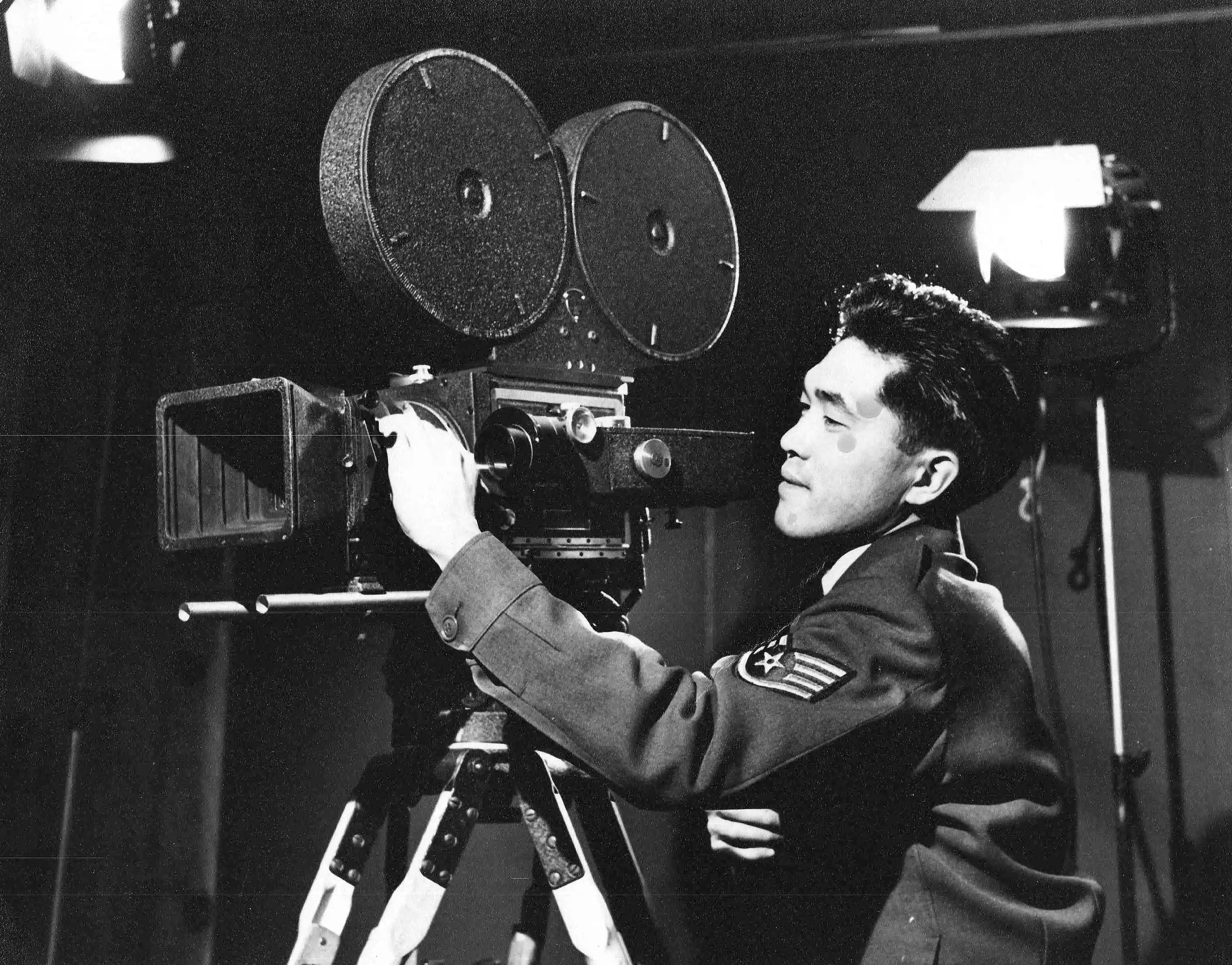
The five officers were volunteers, but he was a civilian working for the government (although he had previously served in the air force as a cameraman). The goal of the entire event was to demonstrate to the public that low-yield nuclear weapons could be safely used in air defense.
Colonel Sidney Bruce, one of the participants, later said they experienced no pain or side effects. Indeed, all six men received only minor gamma and neutron doses — though exact figures remain unknown. Bruce lived to the age of 86, and Yoshitake to 84.
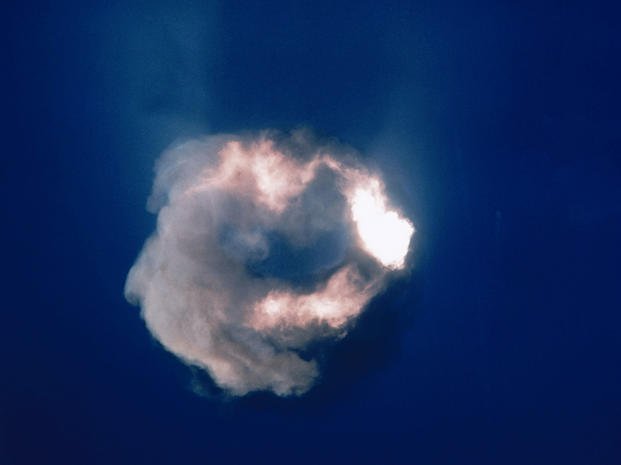
More significant radiation was absorbed by those in the air. The F-89's pilot and radar operator, Eric Hutchison and Alfred Barry, received doses of 1.4 and 1.1 roentgens, respectively. Their aircraft banked hard immediately after the launch, as did two escorting F-89s. Two RB-47 reconnaissance aircraft were also nearby, fitted with sensors to record the event. Later, five B-57B bombers with eleven crew and onboard scientists flew through the cloud to collect air samples. Some received up to 2.2 roentgens — while the safe yearly dose of roentgens is 0.1
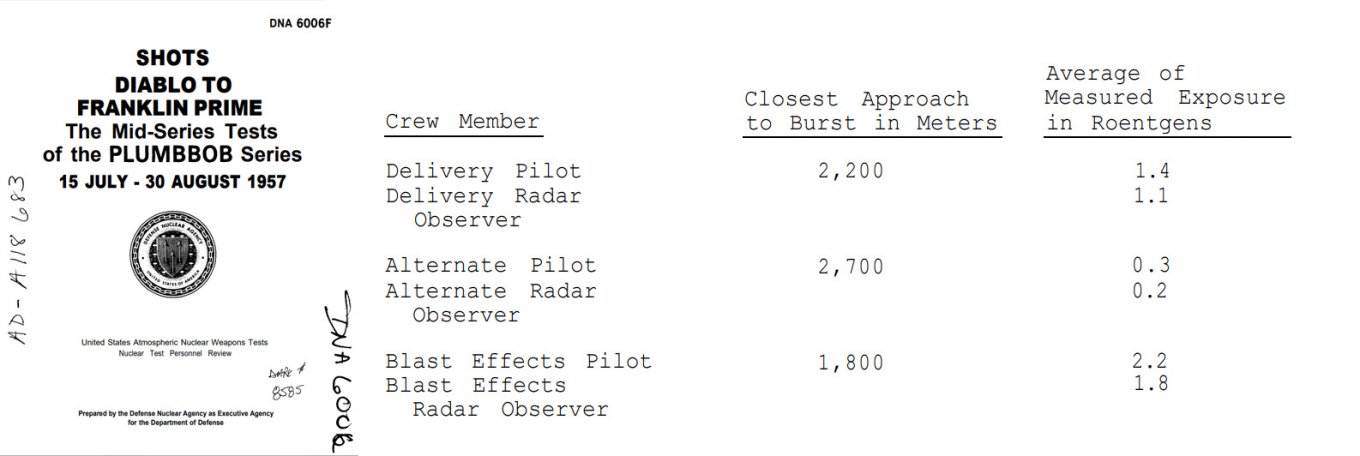
As for the AIR-2 Genie rocket itself, it owes its to an unfortunate sequence of events leading to the seizure of Boeing B-29 bombers by the Soviet Union, namely to emergency landings of these aircraft in the USSR in 1944 after bombing Japan. Because of this, a highly accurate copy of the B-29 was created, named Tu-4.
In 1949, the USSR acquired a nuclear bomb and already had a delivery system that, according to American estimates, could deliver warheads to the United States in a one-way suicide mission. At the same time, the US Air Force was well aware of what the B-29 was, especially in close formation, and what a difficult target it was for fighter planes with machine guns.
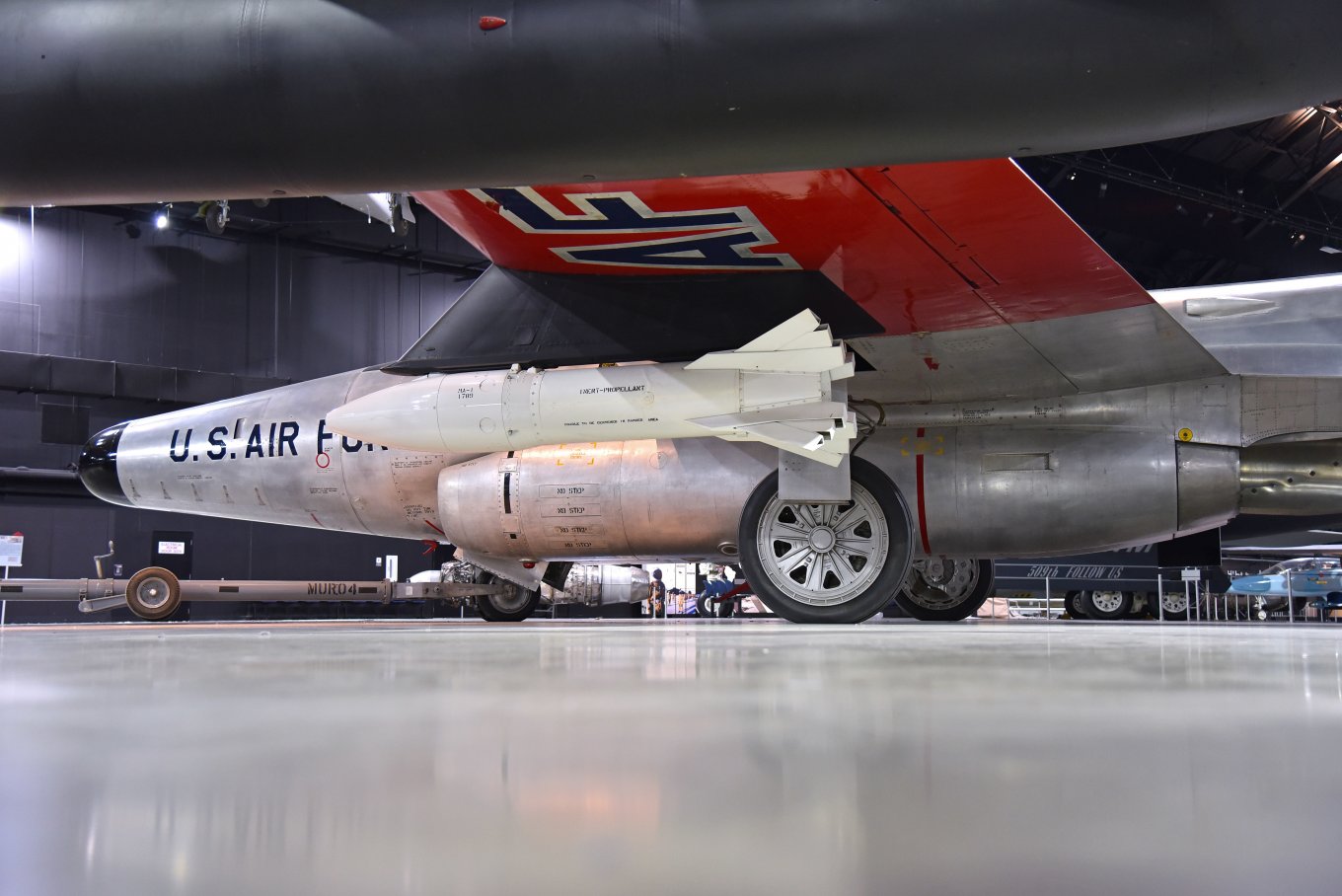
Douglas Aircraft began developing the nuclear rocket in 1954 under code names like Bird Dog, High Card, and ultimately Ding Dong. The final design used a Thiokol SR49-TC-1 solid-fuel motor that burned for just two seconds, propelling the weapon to over 10 km in range within 12 seconds. The W25 warhead, with a yield of 1.7 kilotons, delivered a lethal radius of about 300 meters. It was also designed for low maintenance, remaining in a ready state from 30 to 90 days.
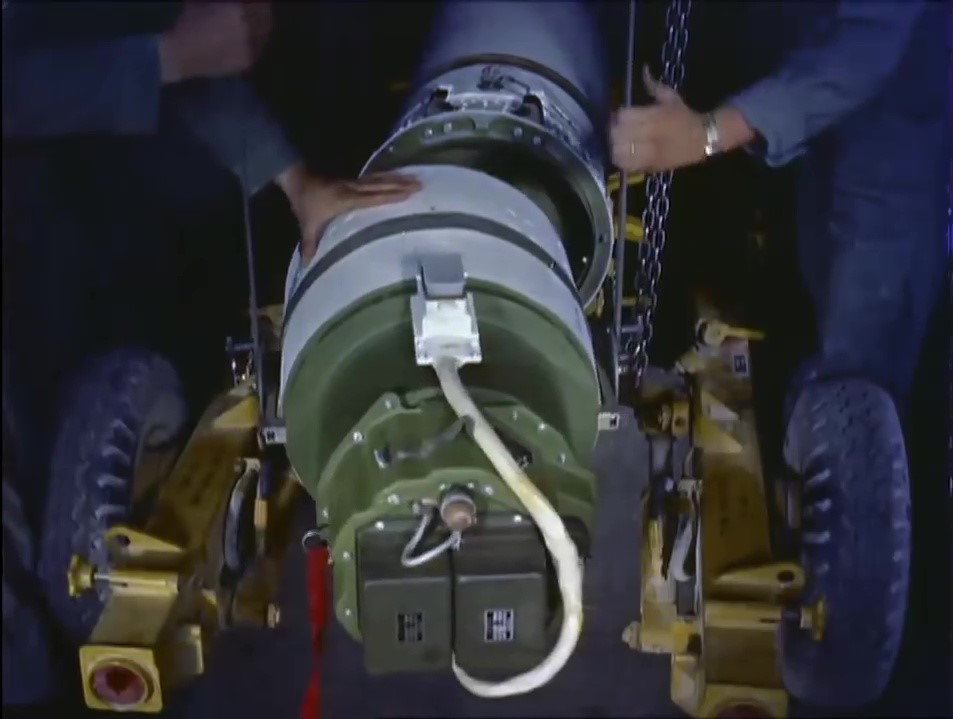
By 1956, the warhead was in production. The following year, Genie entered service under the designation MB-1 and was deployed to squadrons in Michigan and California. The July 1957 test was a public proof-of-concept — a demonstration of a weapon developed and fielded in record time. By 1958, over 260 aircraft had been modified to carry it.
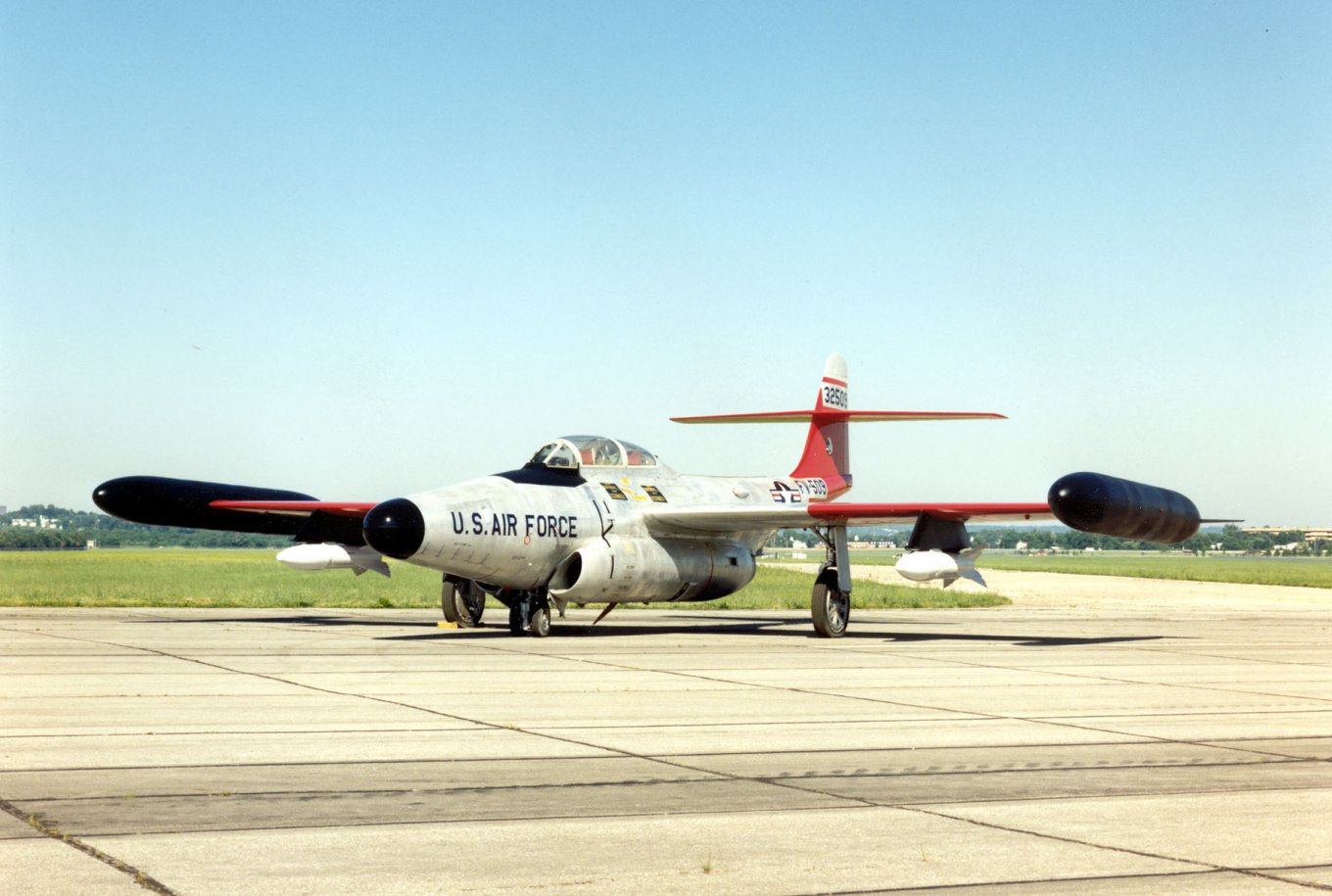
In 1962, the MB-1 Genie was renamed to AIR-2 Genie following an engine upgrade. Around 3,150 rockets were produced in total. Beyond the F-89, it was also integrated into the F-101B Voodoo and F-106 Delta Dart. Even Canadian CF-101 Voodoos were equipped with Genies, though the launch codes remained under U.S. control.
Despite the perception that Ding Dong should have been recognized as obsolete sometime in the 1970s, it remained in service with the US Air Force until 1988, when the last carrier, the F-106 Delta Dart, was decommissioned.
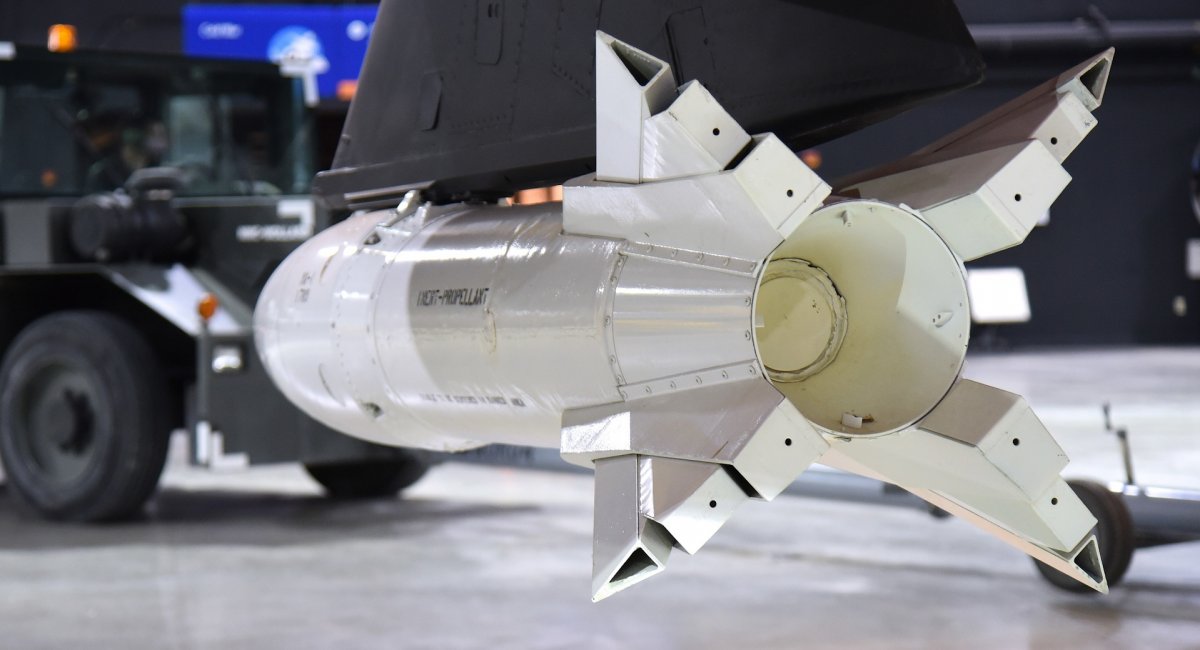
Read more: XB-70 Valkyrie: How a Promo Photoshoot Doomed a Supersonic Nuclear Bomber That Was Meant to Flatten Moscow





